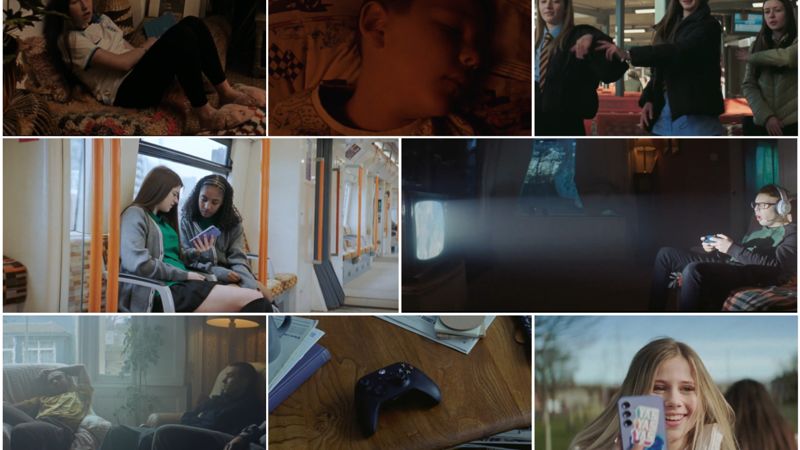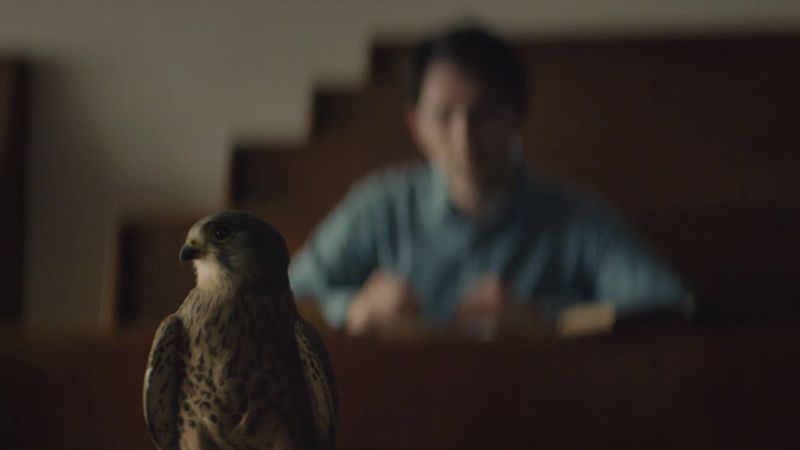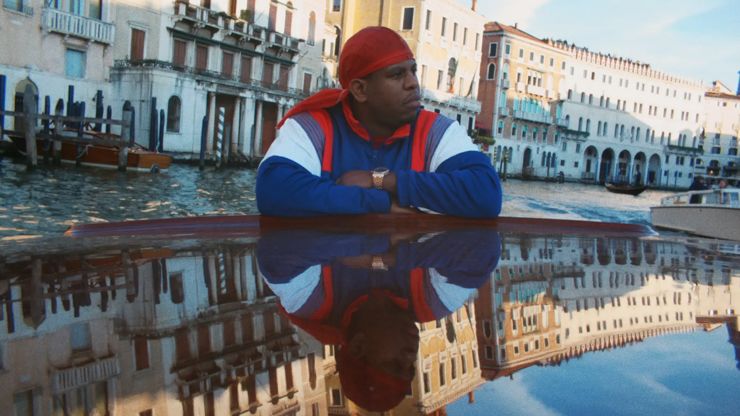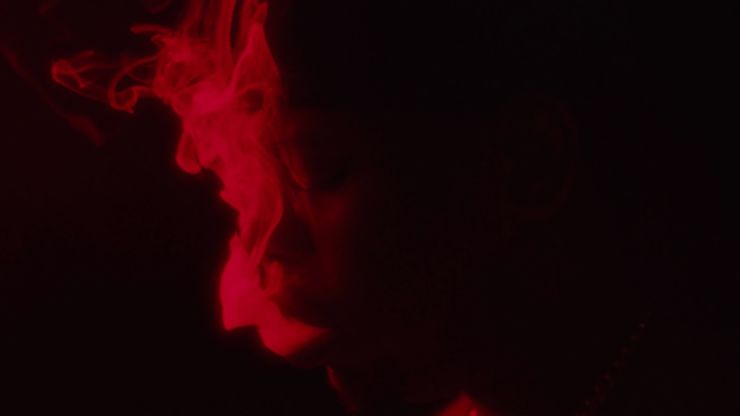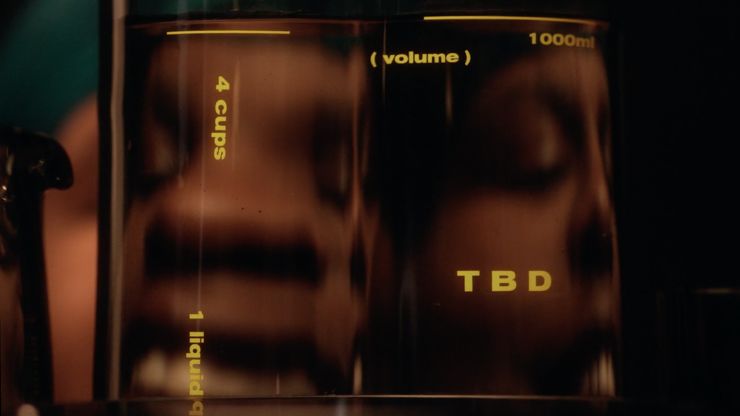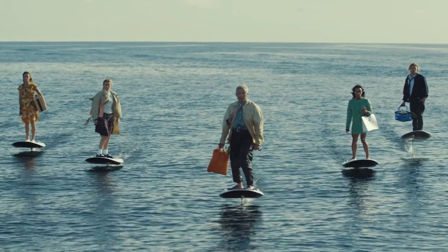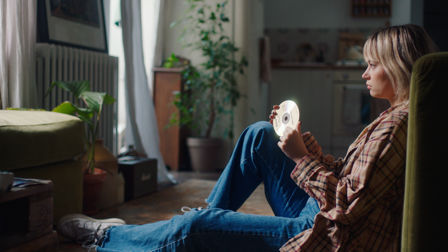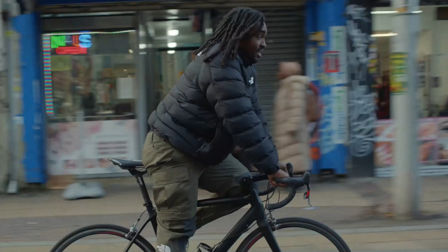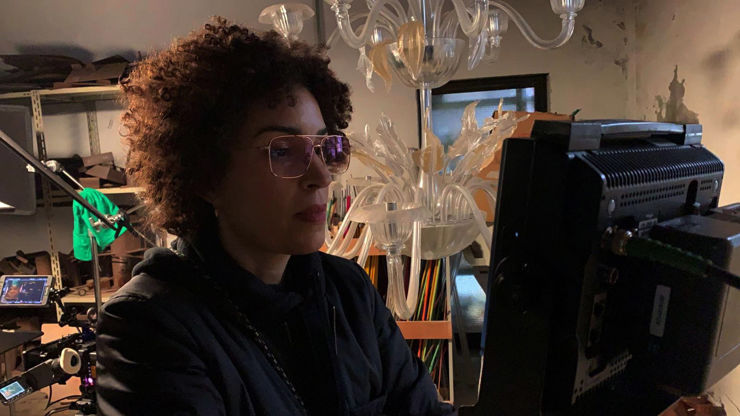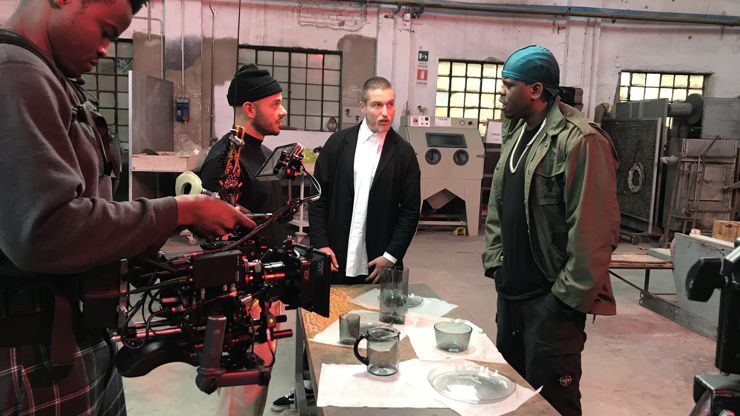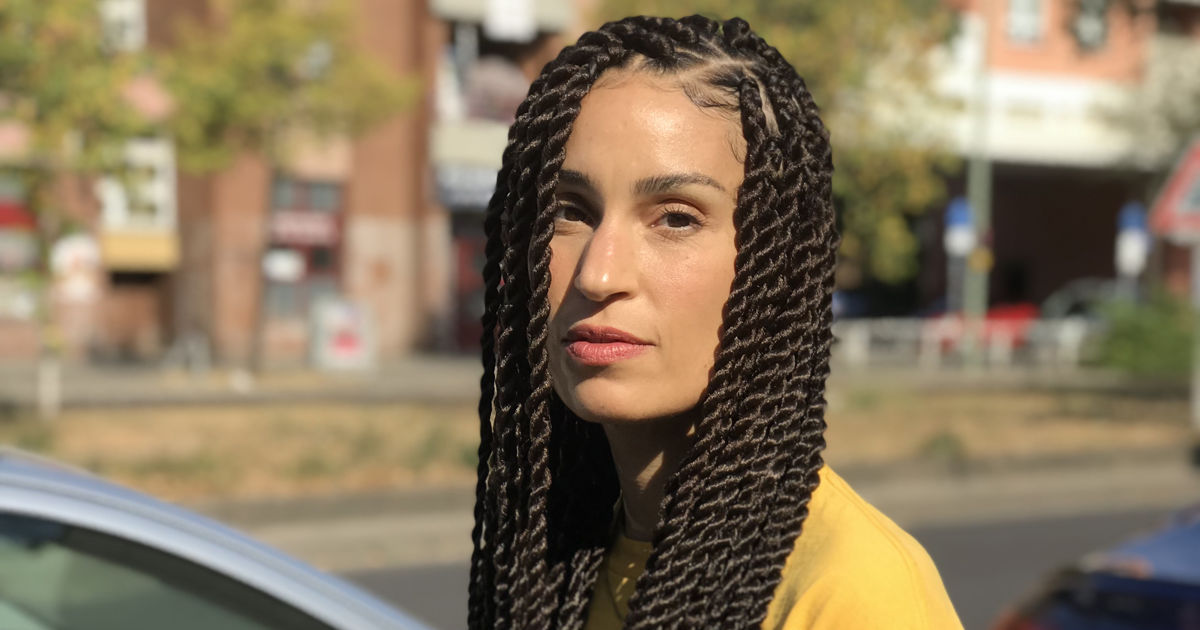How to transform crack pipes into luxury cookware
Elisha Smith-Leverock works at the intersection of representation, artistry, and storytelling, crafting engaging and fully-developed narratives that encapsulate difficult themes and nuanced understandings. She shares her experience working with Jon Gray's story and how she integrated philosophy and art.
For Triple Beam Dream, Director Elisha Smith-Leverock traveled to Venice to meet with Jon Gray, the co-founder and community organizer working at Ghetto Gastro in the Bronx.
Compelling and compassionate, the film explores Gray’s past and his experience with the crack cocaine epidemic of the 90s, connecting his background to his current projects, which comment on capitalism, culinary security, and political philosophies. The soundtrack, developed by Solange, and the beautiful, sometimes-trippy visuals meld to create an unforgettable and mythic film.
I was looking for visual elements that linked the glass blowing process to the use of crack.
The power of the project comes through in her authenticity and her absolute respect for what Jon Gray does. Her fearlessness and tender point of view combine to create a piece of art that honors the past and respects the present. We got to ask Smith-Leverock some questions about her process and what it was like to work with Gray, allowing herself to explore facets of marginalization within the container of Triple Beam Dream.
Triple Beam Dream is mesmerizing - there are so many visual layers to this film. How did you direct those nuanced structural decisions?
It was part planning and part knowing when to let go and be in the moment. There were storyboarded shots with several layers comped together, and then there are other shots that happened completely spontaneously.
I wanted to paint a picture of the circumstances surrounding Jon when he was growing up.
I put a lot of confidence in my editor Julian Fletcher to complete my vision for this film. He is a long-time collaborator and he understands what I want to do and how we could achieve this together.
Did you have a script for Jon's narration, or was the interview cut from a conversation?
The key for me was letting Jon be Jon. From the offset I wanted him to tell his story without interruption or me leading the conversation. I feel that would have messed with his authenticity. He was very open with his story and he is a very charismatic and skillful storyteller. I needed to bottle that.
I found it important not to glamorize drugs and drug use or be judgmental about it
You should check out his Ted talk.
The hard part was editing and getting all that character into 3 minutes! I could have listened to Jon for hours. His thoughts about Ghetto Gastro philosophy and their mission to “bring the Bronx to the world and the world to the Bronx,” their community work and activism. I would have loved to be able to include more on that.
Credits
powered by
-
- Production Company Lief
- Director Elisha Smith-Leverock
-
-
Unlock full credits and more with a Source + shots membership.
Credits
powered by
- Production Company Lief
- Director Elisha Smith-Leverock
- Producer Margo Mars
- DP Olan Collardy
- Colorist Jack McGinity
- Music Supervision Track and Field
- Editor Julian Fletcher
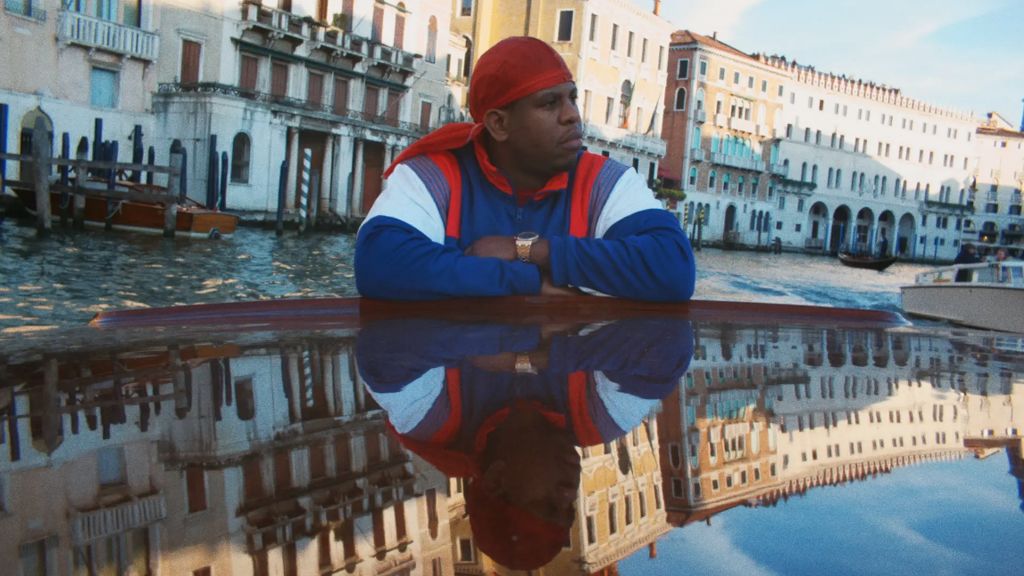
Credits
powered by
- Production Company Lief
- Director Elisha Smith-Leverock
- Producer Margo Mars
- DP Olan Collardy
- Colorist Jack McGinity
- Music Supervision Track and Field
- Editor Julian Fletcher
What were some considerations when shooting this film with regard to the sensitivities of drugs, addiction, and the systemic racism at the core of the 90s crack epidemic?
I wanted to paint a picture of the circumstances surrounding Jon when he was growing up. I also very vividly remembered the news coverage of the crack epidemic so I really felt a need to incorporate that in the film somehow.
Some of the compounds used in the glassblowing process bear a resemblance to crack rocks.
I wanted some reality at the heart of the film in order to show the growth and transformation. Personally I found it important not to glamorize drugs and drug use or be judgmental about it - this element felt very sobering and clear to me.
How did you go about creating and developing shots that mirror both the glassmaking process and the process to create and smoke crack?
This was actually the first thing that came to my mind when working out the concept of the film. Creating these visual double entendres. Triple Beam Dream [the cookware] is inspired by Jon’s experience of drugs, specifically the use of crack cocaine in his community, and I was looking for visual elements that linked the glass blowing process to the use of crack.
For instance, both involve smoke, some of the compounds used in the glassblowing process bear a resemblance to crack rocks, and the use of heat was another connecting factor. I wanted to show images that could be interpreted both ways.
I felt a connection to Jon’s mission to challenge ideas on whose stories have the right to be heard.
This also linked back to things like the Love Rose, a seemingly inconspicuous item that is sold at glass stations, a kitsch plastic rose in a glass tube. At first glance it’s something that is marketed as a romantic gift, but its primary buyers are drug users. The rose gets tossed and the glass tube is used to smoke crack. To me, this related to the way that Jon used his mom’s good glassware to cook drugs.
Above: Stills from Triple Beam Dream
There was a strong 90s influence this film, are there any moments that you especially loved?
I loved weaving in all the VHS-looking stuff.
Some of the scenes have a film perforations visible. They almost look like cigarette burns, or a little drop of molten glass. Why did you add these into the film?
The burnouts added another layer to the narrative about heat and fire and the perforations and other irregularities of the film we shot on are left visible to play up the distinct differences and unique textures of the various mixed formats.
It’s not uncommon for luxury items to be appropriated from things that come from the streets.
All adding to the collage feel of the film. Piecing it together like this was important because it represents the coming together of the old and the new, mixing Venice with The Bronx. It also fits well as a visual representation of Ghetto Gastro’s eclectic, unorthodox approach to things.
Was there any footage shot in New York City?
None at all but we found some places within Venice that felt more universal.
What was Venice like?
We shot the film in Venice and Murano, and Margo at Lief assembled a small yet mighty local crew.
I felt a connection to Jon’s mission to challenge ideas on whose stories have the right to be heard.
We shot all over Venice and for obvious reasons we had to transport all the gear on foot and by boat so it was all hands on deck, which was a very fun and an involved way of film making.
Were there any challenges to shooting in the Murano glass shops?
I wanted to make sure the craft aspect of the film wasn’t too docu-style or dry. Olan Collardy, the DP, and I had to think on our feet, as we didn’t know exactly what the place would look like when we got there. A lot of what we shot there got a bit of a twist after we decided to use camera movement to keep more in line with the rest of the visuals through the film.
Above: Shots from filming in Venice
Why did you decide to help tell this story?
It resonated with me. Not only because of Jon’s personal story but because being an underrepresented creator myself, I felt a connection to Jon’s mission to challenge ideas on whose stories have the right to be heard.
He confronts the concept of “who creates luxury items, what luxury looks like and what's the history behind it.”
It’s not uncommon for luxury items to be appropriated from things that come from the streets. They often become glamourized and are appropriated by people that view them from a point of privilege and often this happens in a tone-deaf way.
It’s far more rare that you see these ideas pushing into the luxury space created by people who have actually lived this reality.
)
